Originally, when I wrote The Path Walker Evans Took, I had this idea that I would write a post solely on what Walker Evans, if he were still alive, would take pictures of today. This post was to feature several pictures that I would take myself: a) in color, because I personally don’t think he would have continued to be bound by the confines of black and white, and b) on my iPhone, because in the latter days of his life, he had taken to the latest technology, the Polaroid instant camera.
This post will never happen.
You see, in all the research I did for this, I came across a list he wrote in 1934 a list of picture categories: things he had shot, and presumably, wanted to shoot. I had read Evans’ list before, and I had planned to make this the basis of the pictures I was going to take. It went as follows:
- People, all classes, surrounded by bunches of the new down and out.
- Automobiles and the automobile landscape.
- Architecture, American Urban taste, commerce, small scale, large scale, the city atmosphere, the street smell, the hateful stuff, women’s clubs, fake culture, bad education, religion in decay.
- The movies.
- Evidence of what people of the city read, eat, see for amusement, do for relaxation and not get it.
- Sex.
- Advertising.
- A lot else, you see what I mean.
The next logical step was to take pictures of these things, or failing that, their 2017 equivalents. I even started in on this project, when I took this shot of a person sleeping in the park.
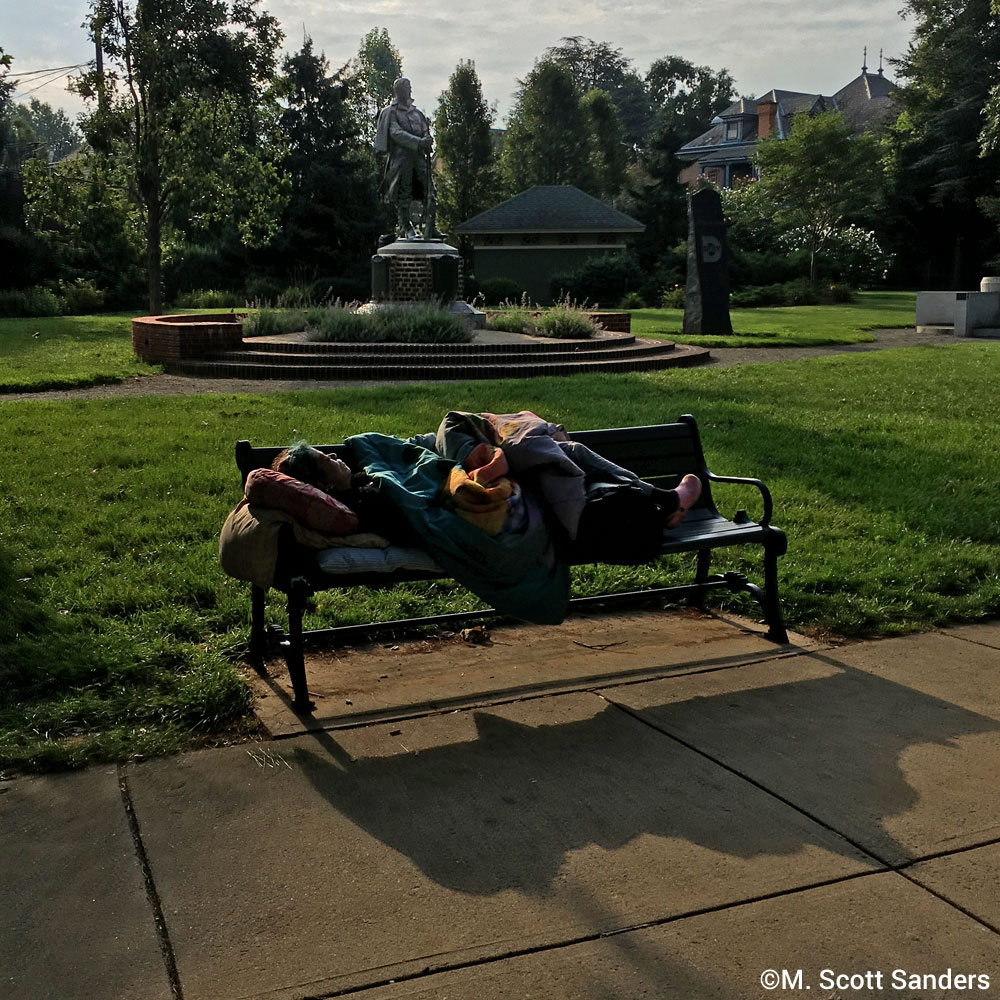
Deep down, there was something wrong. Something was holding me back from writing this post, and I didn’t know what it was. I had written down the 1934 list in my notebook and I went back over it. Was there something on there I didn’t want to photograph?
I continued on until the end, and there it was: A lot else, you see what I mean.
There’s so much more than a list could hold.
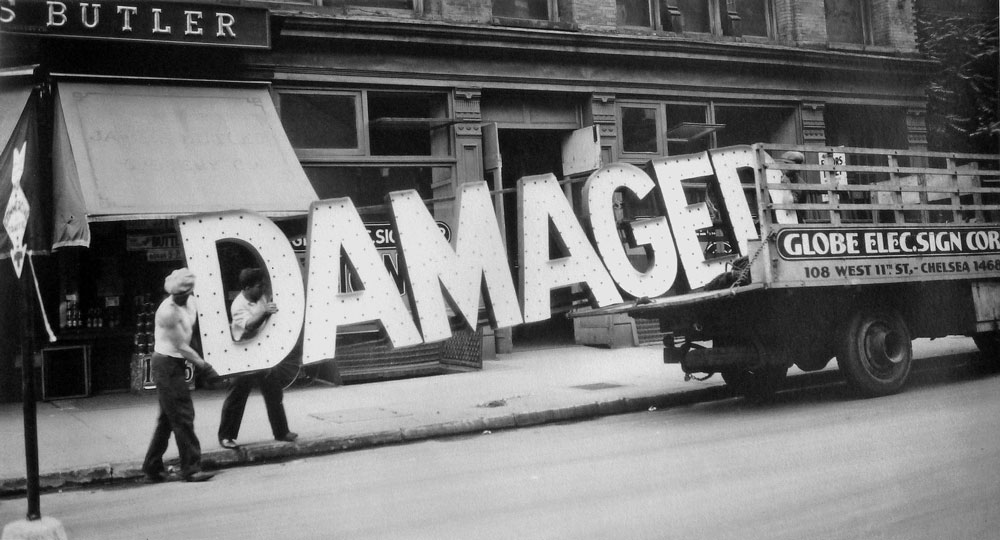
Here is a picture I couldn’t get out of my head. Evans took it in the late 20s, a few years after he wrote this list. Technically, it would fall into his Advertising category I would guess, but I thought about the circumstances that brought about this picture. It was most likely unplanned. Oh, he might have followed these two guys down the road until he got to their truck, but Evans didn’t wake up that day and say to himself, “Today, I’m going to find a few fellows and take a picture of them loading a sign into a truck.” He had his camera, he was in the city, and all of a sudden, this happened. He had to be ready for it and he was. This is the result.
As much as I wanted to take shots that checked all these boxes, I knew I couldn’t. I read a quote from the great photographer Paul Strand, which underlined what I already had been feeling:
“Your photography is a record of your living – for anyone who really sees. You may see and be affected by other people’s ways, you may even use them to find your own, but you will have eventually to free yourself of them. That is what Nietzche meant when he said, ‘I have just read Schopenhauer, now I have to get rid of him.’ He knew how insidious other people’s ways could be, particularly those which have the forcefulness of profound experience, if you let them get between you and your own personal vision.”
I can take pictures that can resemble what Walker Evans did, but in the end, I wouldn’t be true to him and I wouldn’t be true to myself. I would be following a recipe instead of becoming a chef. In the end I realized I had to come up with my own list.
The modern-day equivalent for this list, in my case, is iPhoto. Pretty much all my pictures are in one iPhoto folder or another, but it is high time I reorganized. Obviously some of these titles will be shortened, and I may name a folder “The Hateful Stuff,” just because I like the sound of it.
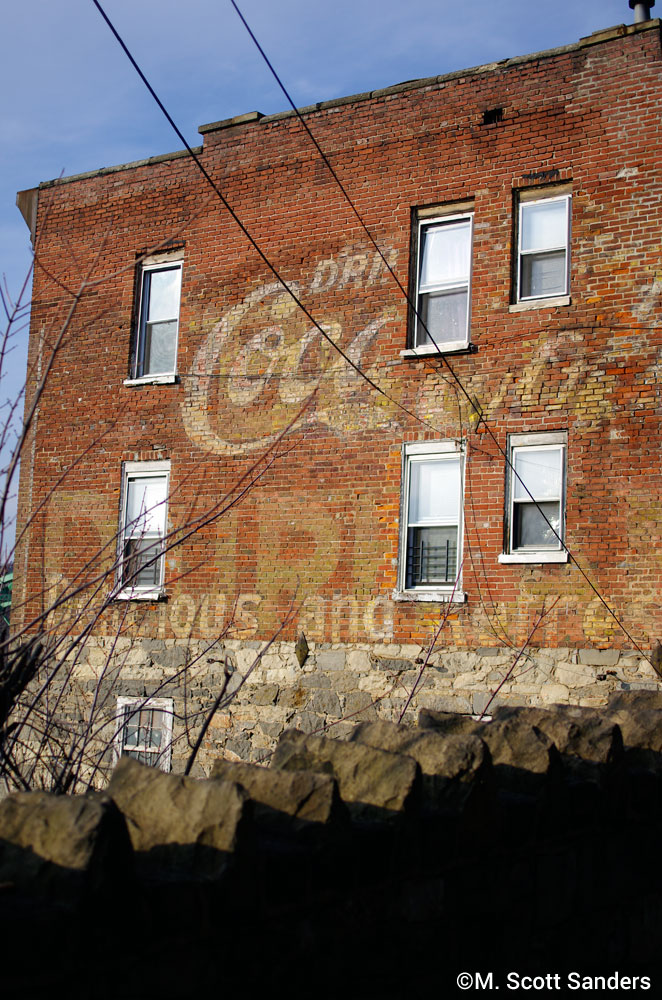 1. Signs (naturally). Neon, old, broken, ghost signs, evidence of the past.
1. Signs (naturally). Neon, old, broken, ghost signs, evidence of the past.
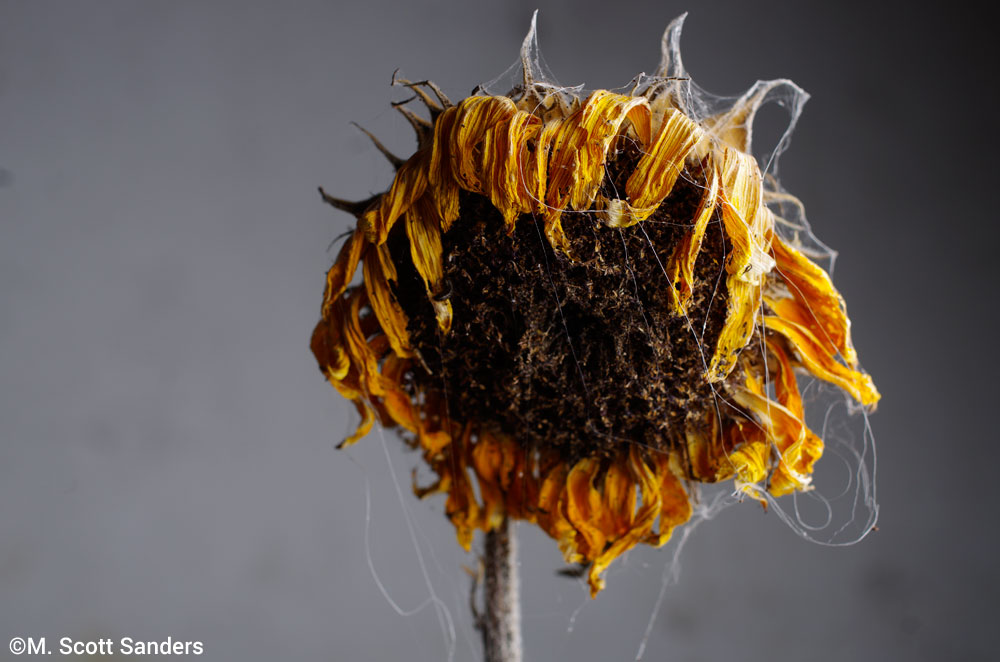 2. Flowers. Dead or alive.
2. Flowers. Dead or alive.
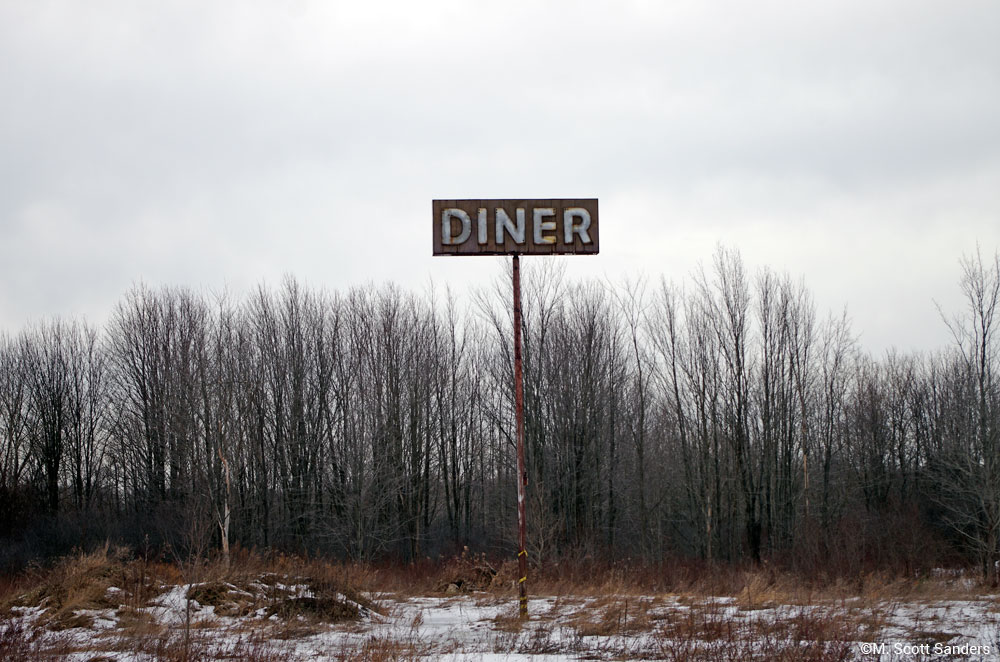
3. What doesn’t belong.
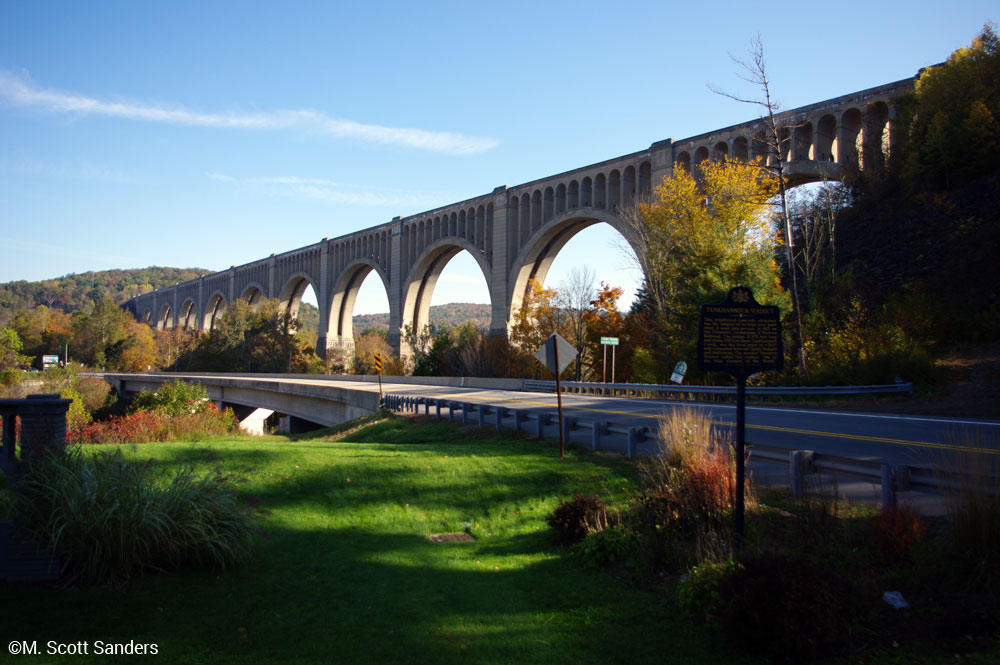
4. The American road.
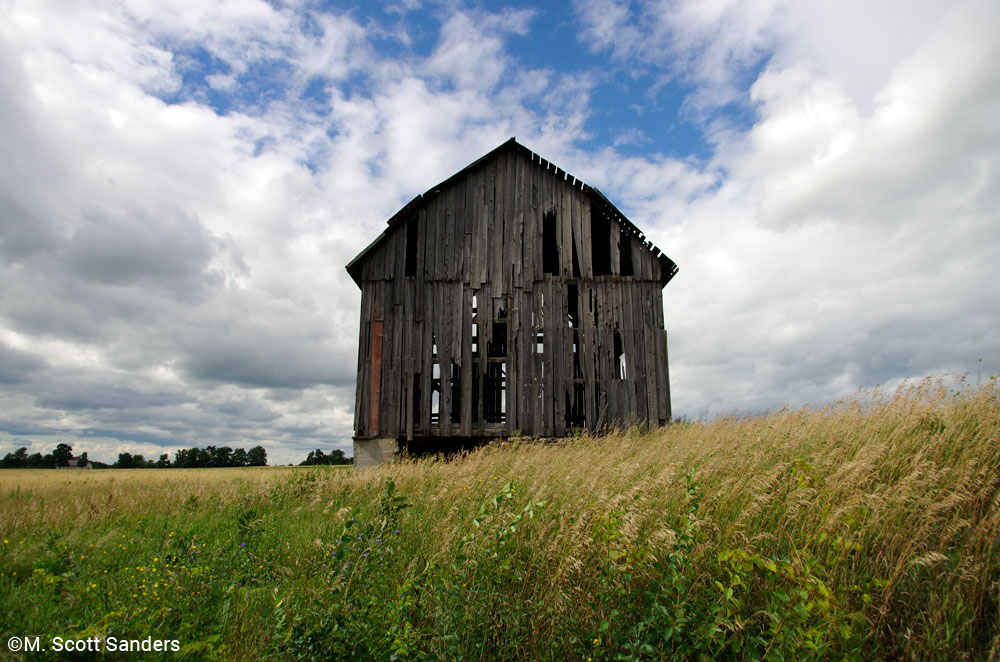
5. Barns, farm life, the decay of the old and what it looks like now.
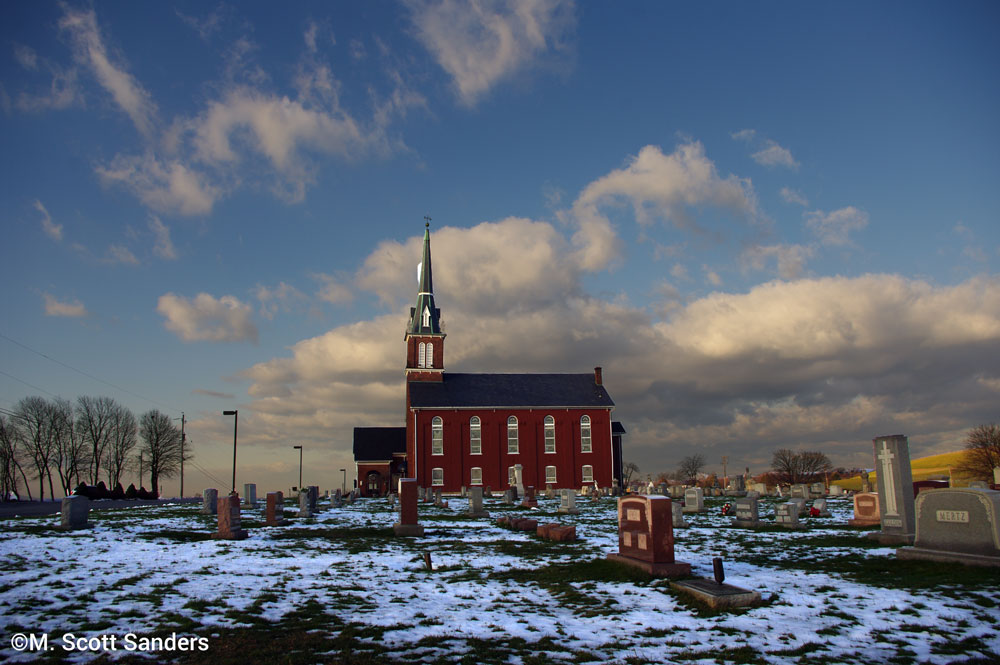
6. Churches: the buildings, outside of the building. The evidence from outside the church of what can be expected inside.
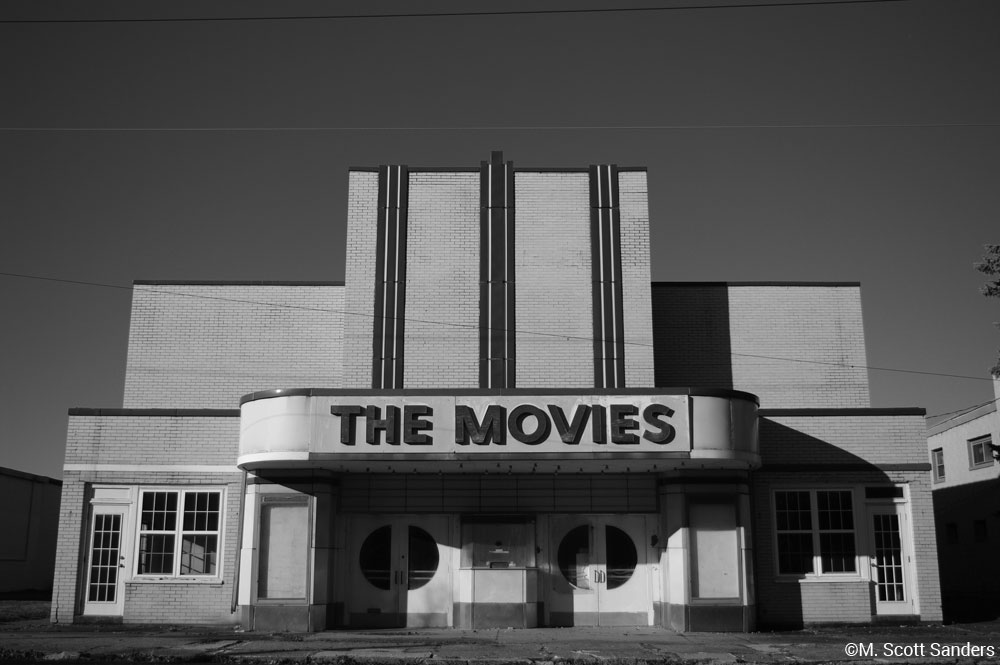
7. The Movies
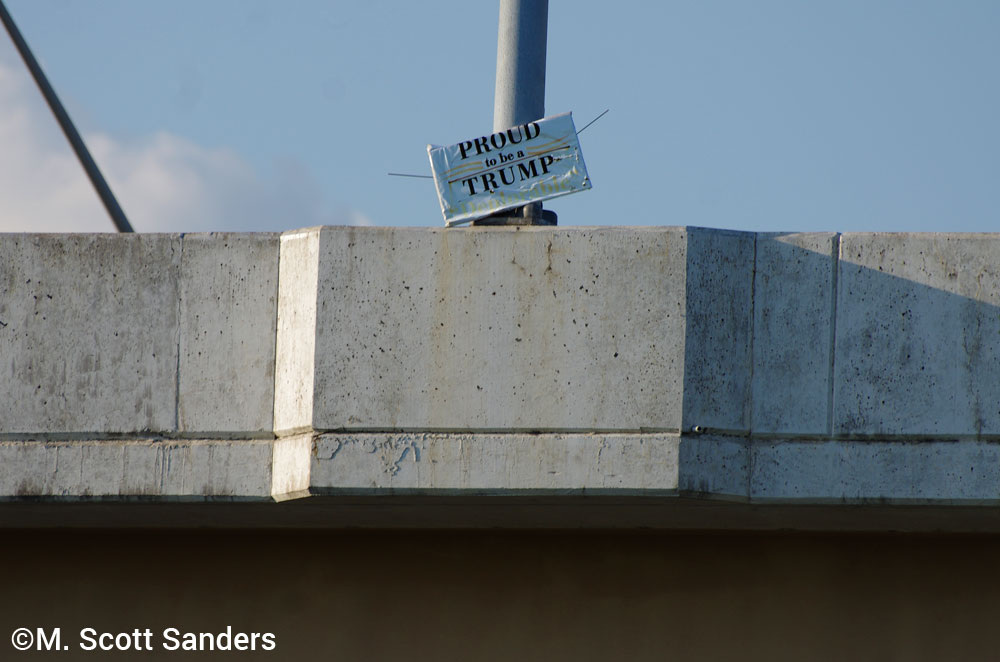
8. The remnants of an American election.
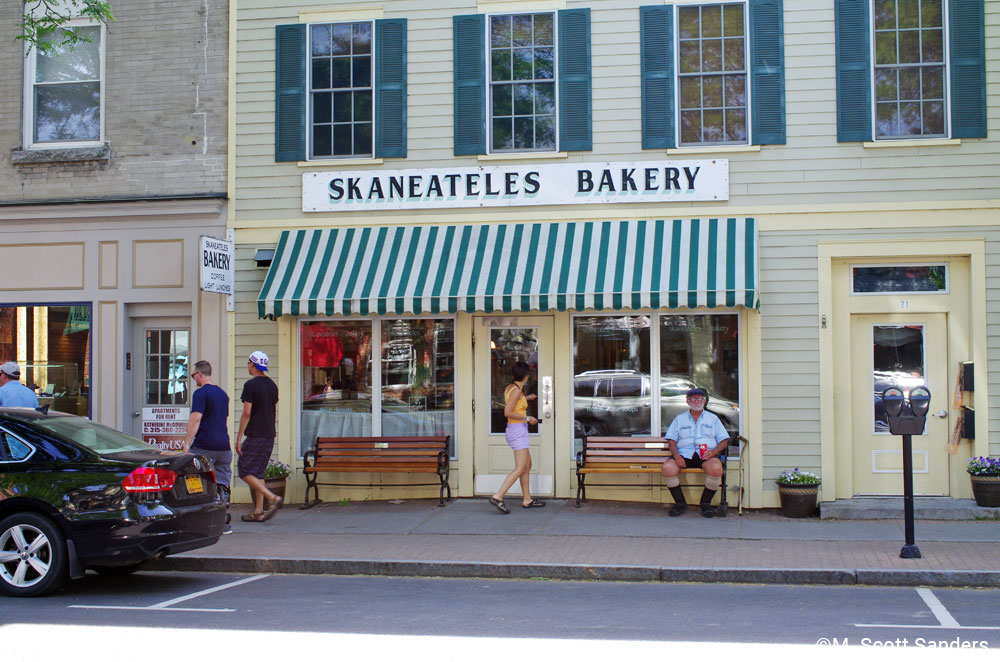
9. The good stuff.
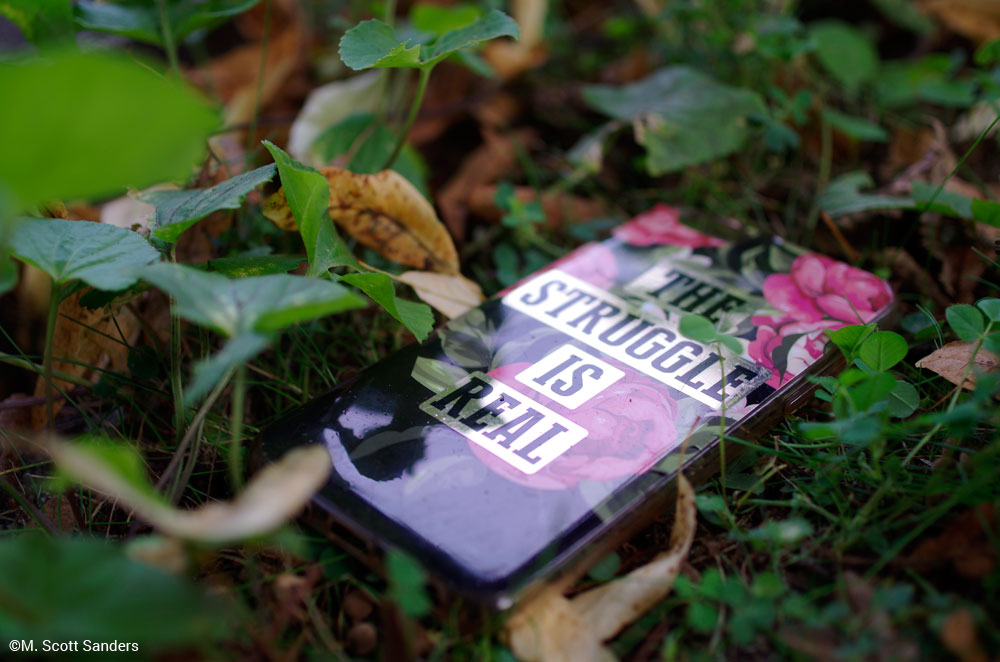
10. A lot else, you see what I mean.

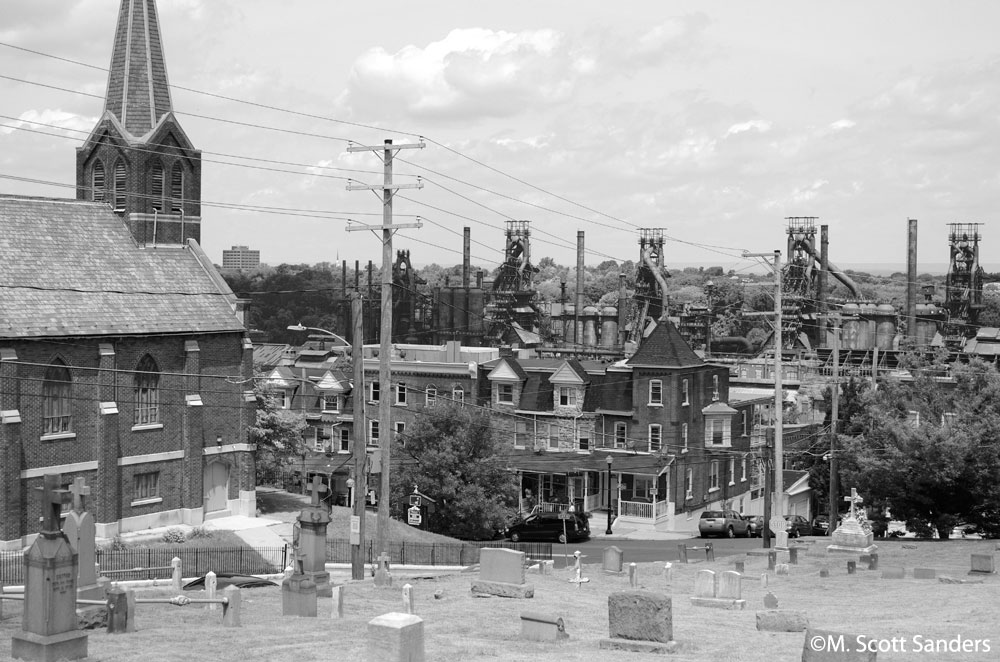
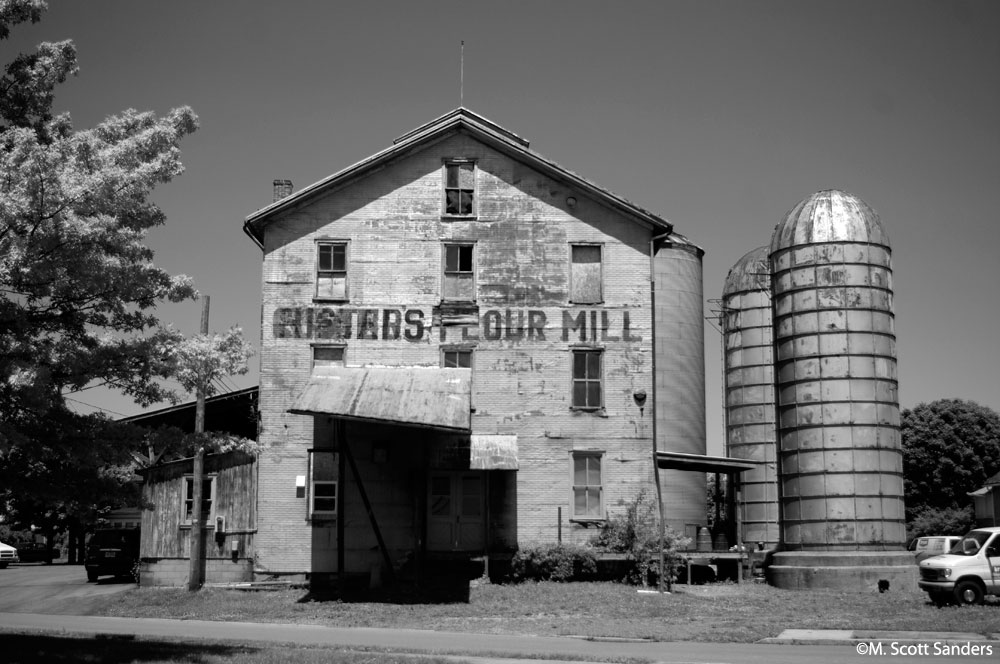 When I first started doing Instagram, I posted a picture of the Flour Mill above. One of my friends, who is an architect and knows about stuff, complimented me and said it reminded him of Walker Evans. I thanked him, then promptly Googled ‘Walker Evans.’ Pretty quickly, I realized how much of a compliment it was, even though I had no intention of taking this or any other picture in anybody’s style.
When I first started doing Instagram, I posted a picture of the Flour Mill above. One of my friends, who is an architect and knows about stuff, complimented me and said it reminded him of Walker Evans. I thanked him, then promptly Googled ‘Walker Evans.’ Pretty quickly, I realized how much of a compliment it was, even though I had no intention of taking this or any other picture in anybody’s style.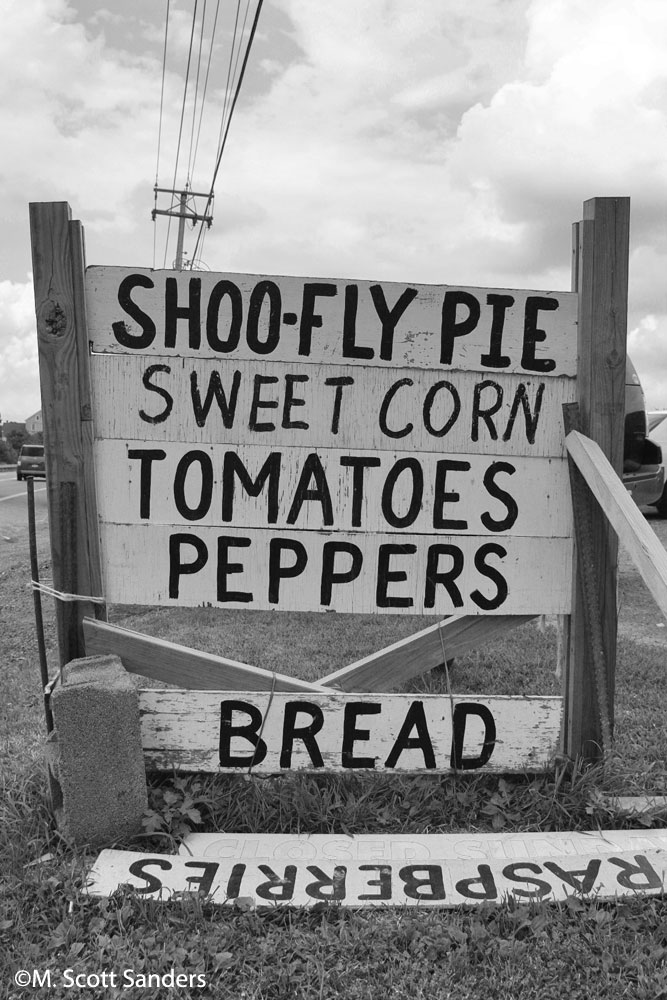
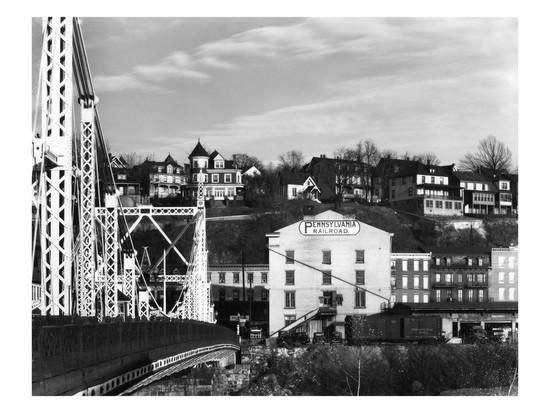
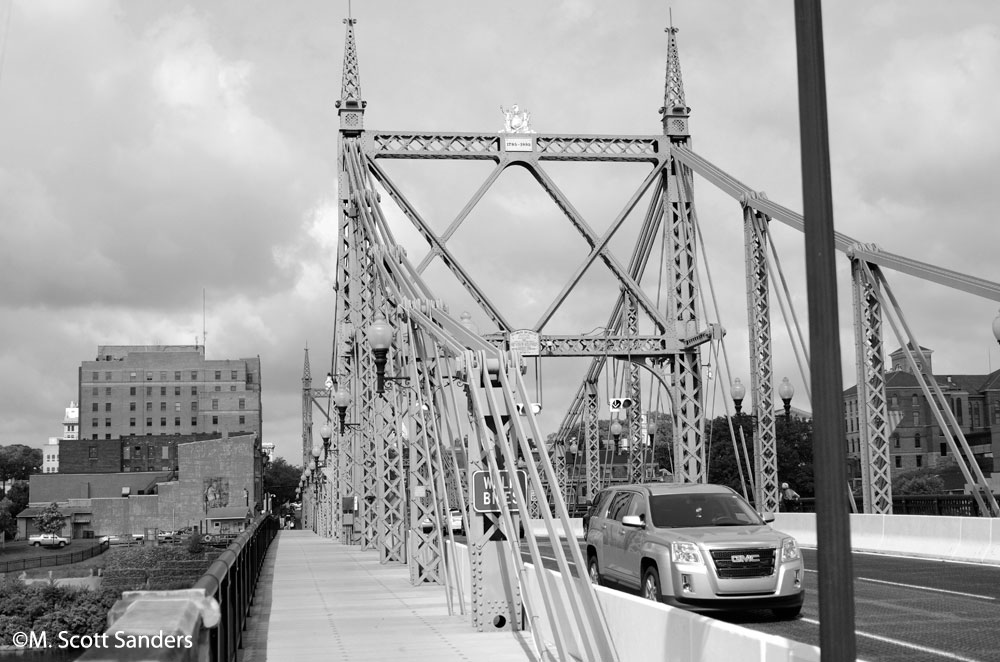 Also, look back at Evans’ picture, at the buildings visible just to the right of the railroad building and just to the left of the bridge. Believe it or not, those buildings still stand, restored.
Also, look back at Evans’ picture, at the buildings visible just to the right of the railroad building and just to the left of the bridge. Believe it or not, those buildings still stand, restored.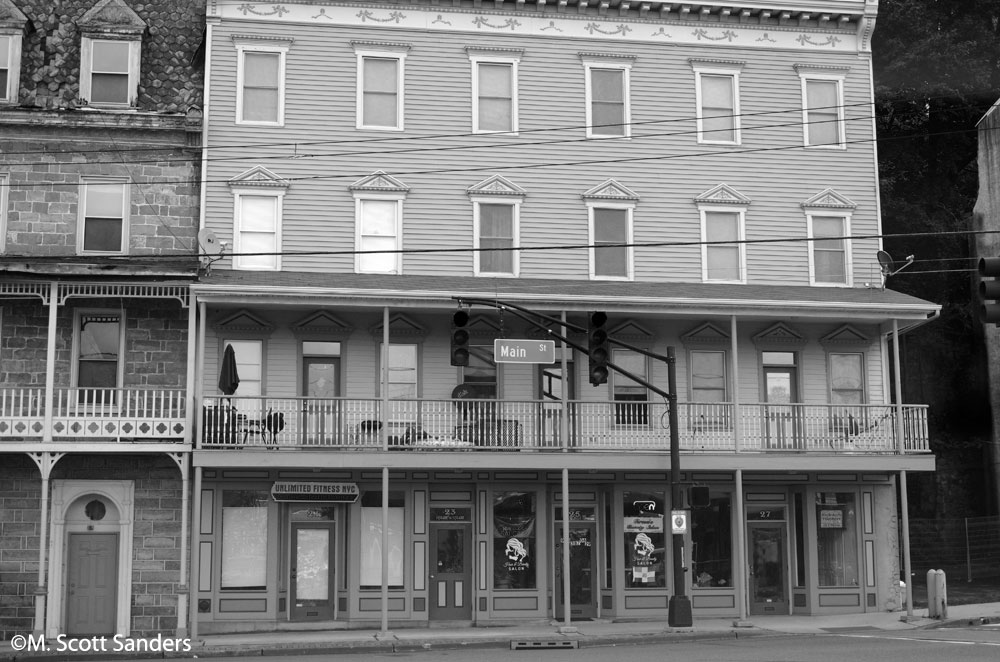 We came back over the Free Bridge and parked, and along the way to the Farmer’s Market, I saw a shop that seemed to step right out of the 1930’s in every single way. I figured, why not? If I’m going to do an hommage, I might as well go the whole hommage.
We came back over the Free Bridge and parked, and along the way to the Farmer’s Market, I saw a shop that seemed to step right out of the 1930’s in every single way. I figured, why not? If I’m going to do an hommage, I might as well go the whole hommage.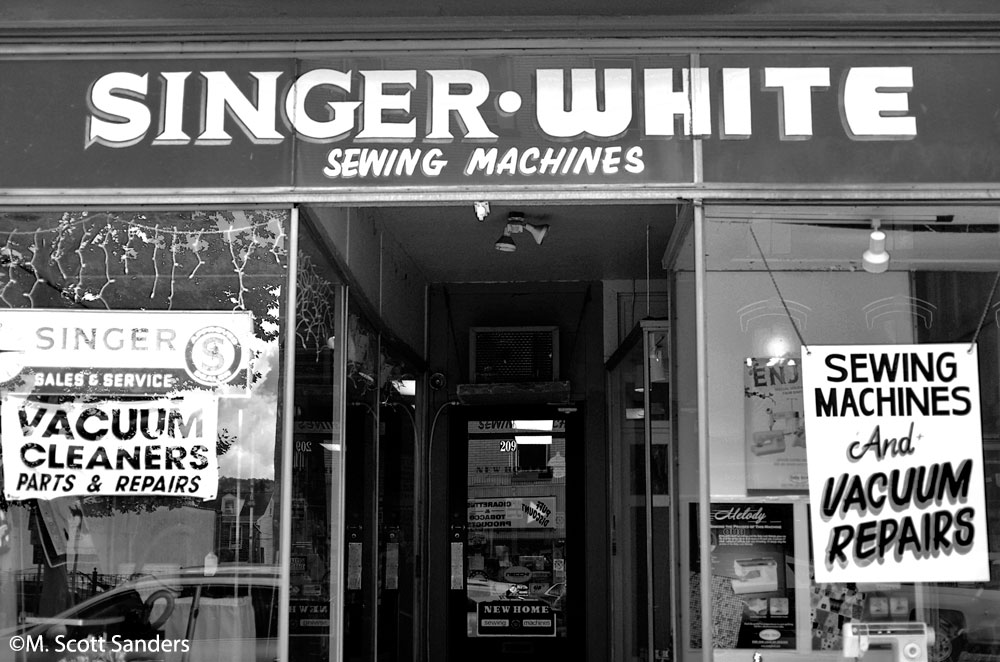 And off we went, figuring we had done a day’s work. The Farmer’s Market was terrific, and we loaded up on fresh produce and bread and kombucha.
And off we went, figuring we had done a day’s work. The Farmer’s Market was terrific, and we loaded up on fresh produce and bread and kombucha.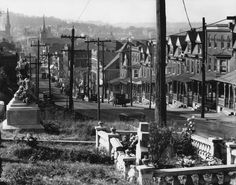
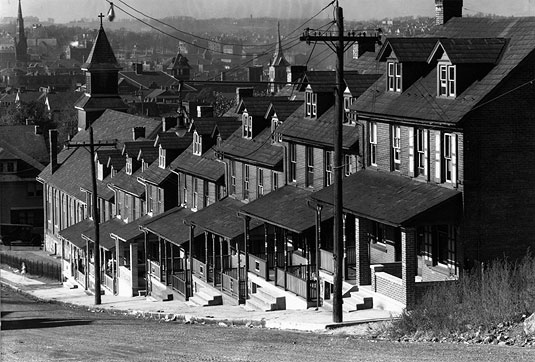
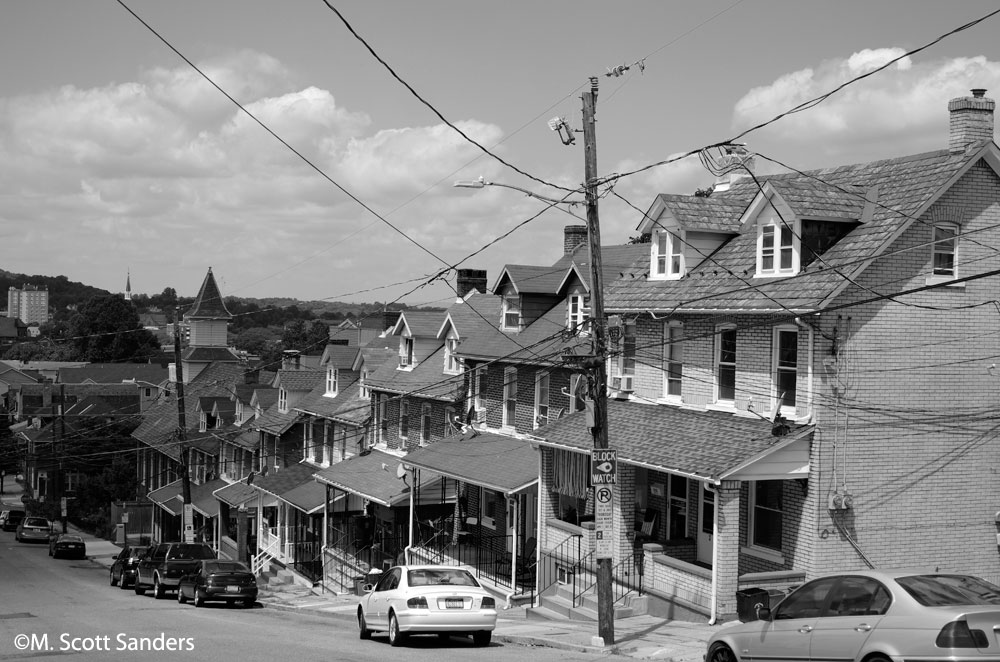 The cemetery, though. Not a coincidence. When I got to the top of the hill, I knew exactly why Evans and Sekaer had chosen it.
The cemetery, though. Not a coincidence. When I got to the top of the hill, I knew exactly why Evans and Sekaer had chosen it.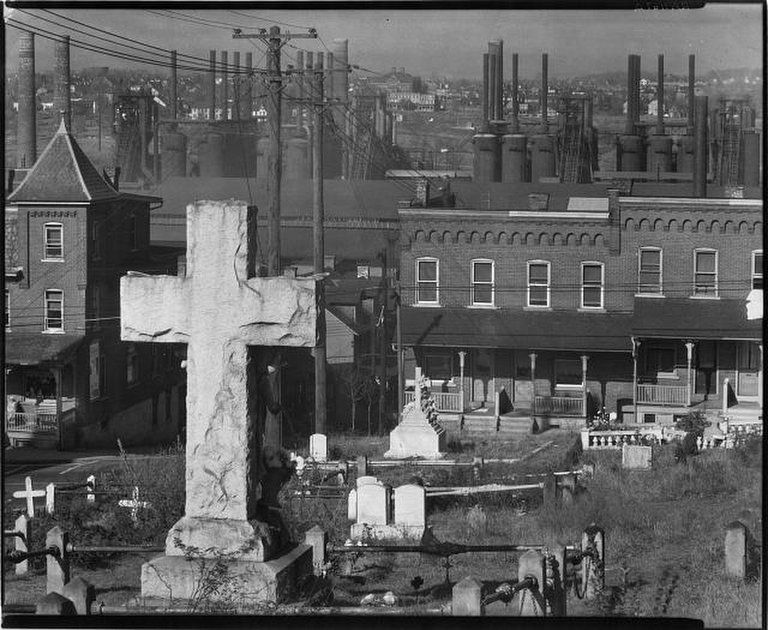
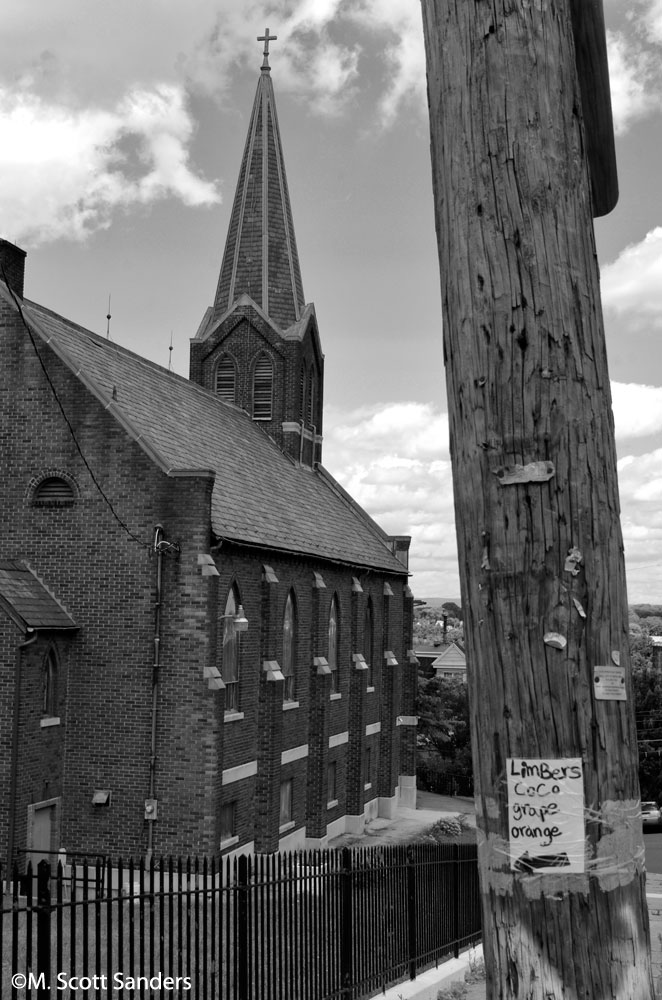
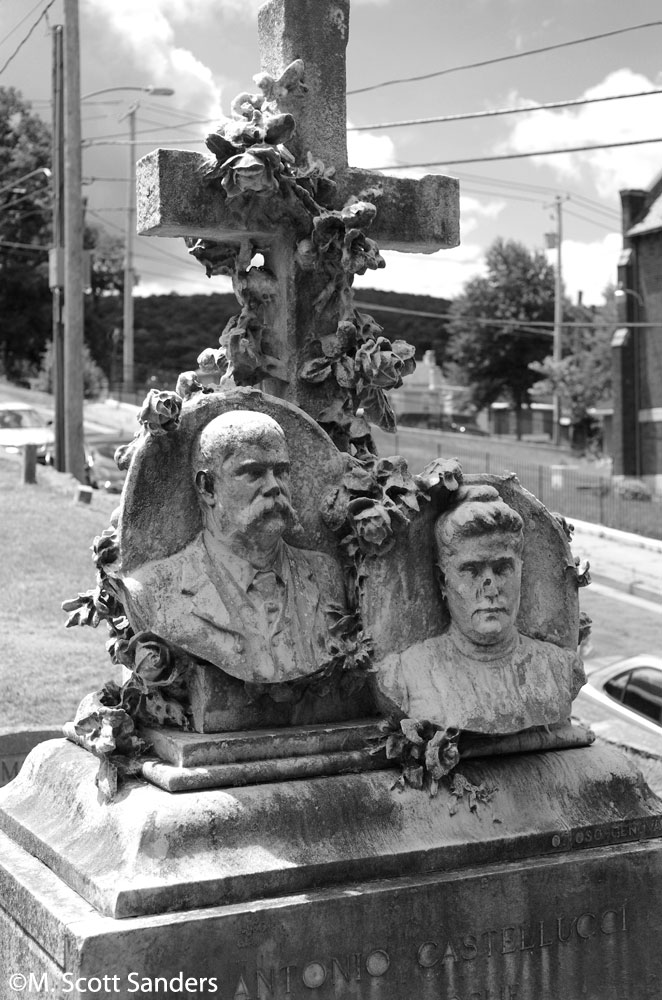
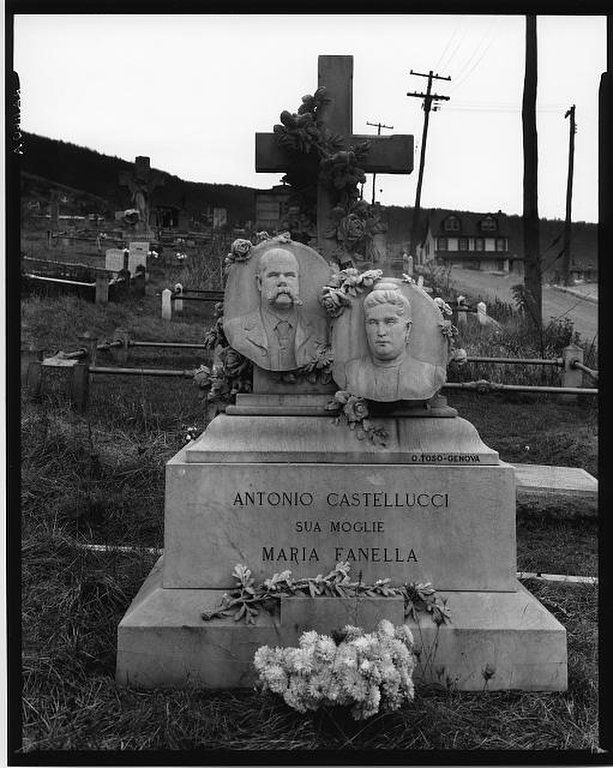
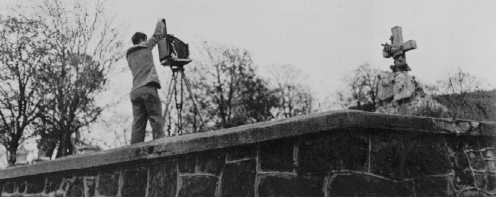 As I saw the gigantic view camera on the tripod, I was amazed how easy it is for me to go around getting shots of everything. During the last years of his life, he took photographs specifically with a Polaroid, because due to ill health, it was much easier on him not lugging around all that equipment.
As I saw the gigantic view camera on the tripod, I was amazed how easy it is for me to go around getting shots of everything. During the last years of his life, he took photographs specifically with a Polaroid, because due to ill health, it was much easier on him not lugging around all that equipment.